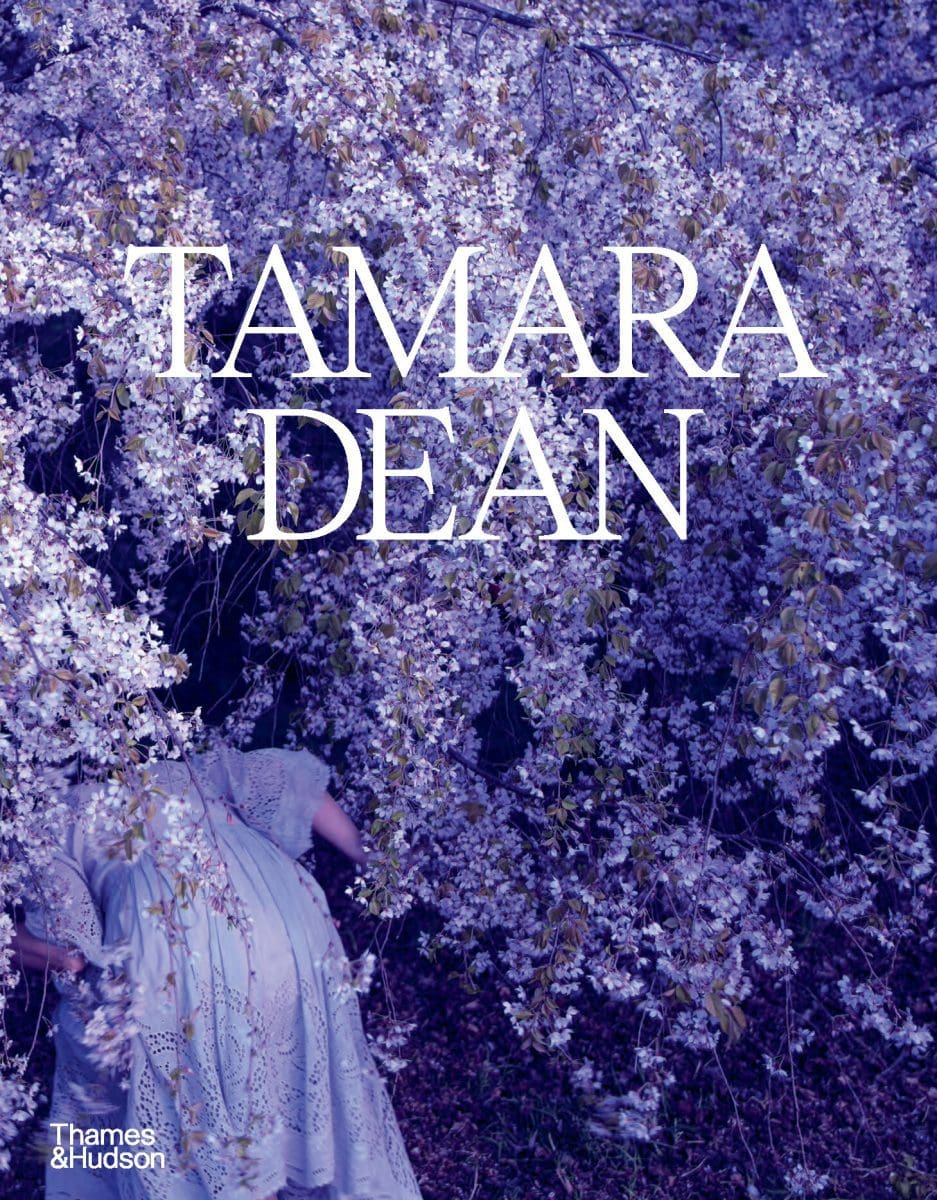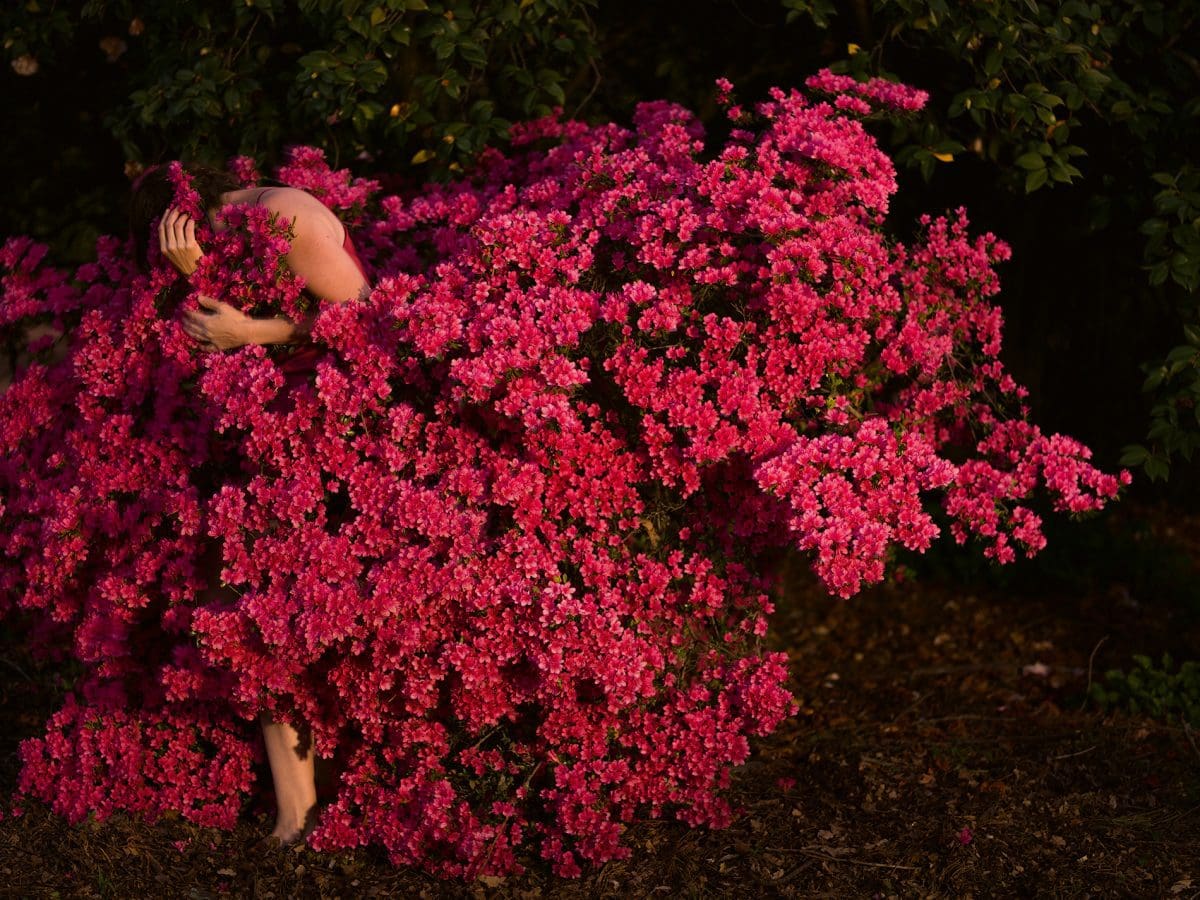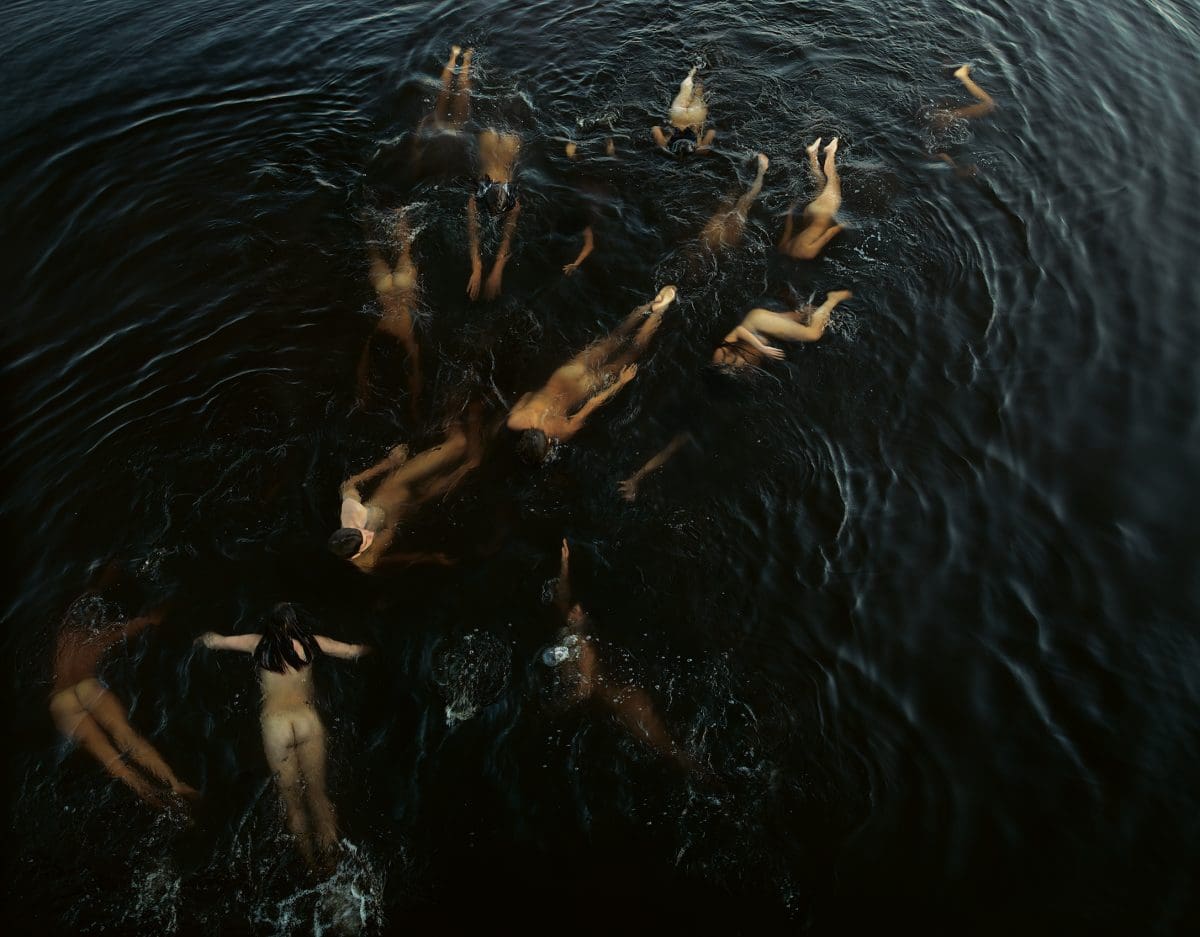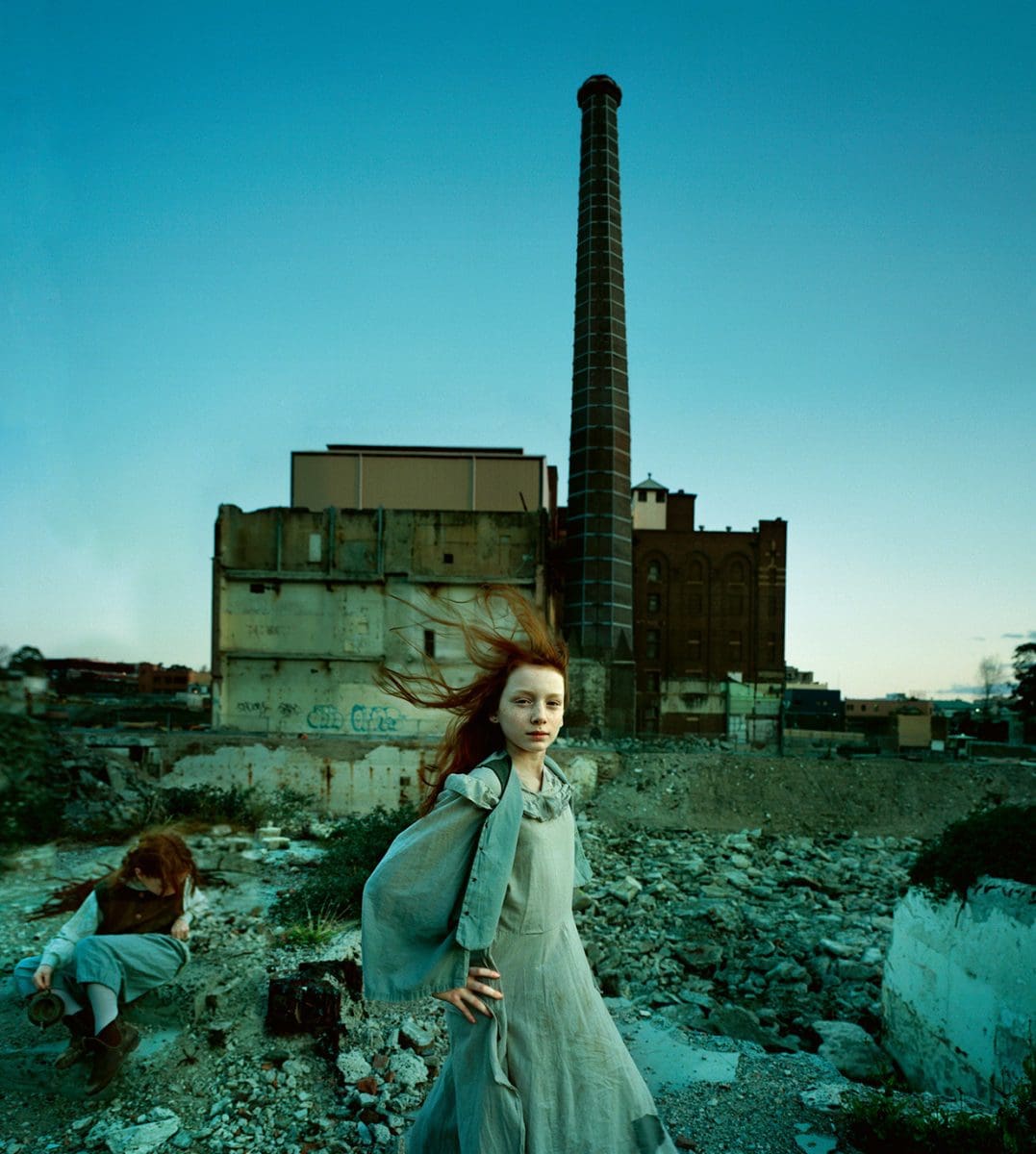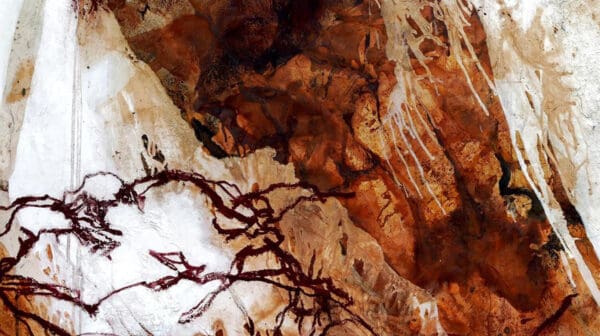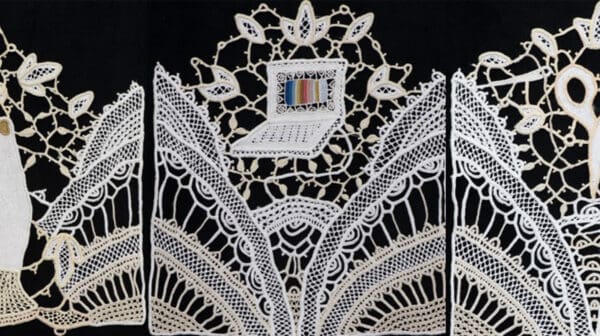Tamara Dean has been capturing the intimate relationship between people interacting with the environment, both as an artist and photojournalist, for over a decade. In her first monograph, published by Thames and Hudson, the Sydney-based artist offers generous insight on the development of her critically acclaimed practice. Here, David Wenham reflects on Dean’s captivating work.
By David Wenham
“Look deep into nature and then you will understand everything better.” — Albert Einstein
Artists of all kinds—writers, actors, dancers—build careers observing and questioning just what it is to be human and exploring our relationship with the natural world.
Tales abound of the tortuous exercises first-year acting students engage in attempting to portray something other than human—a tree, for example. Unsuccessful efforts often bear more resemblance to a crucifixion than any perennial plant. The object of these exercises is not to produce an end result, but rather to provoke young performing artists to look—really look—at the environment that surrounds them and interrogate their relationship with it.
Those who do not embrace the challenge with an open mind will be destined to produce superficial representations, but those that do will tap into a facility that will allow them to build and craft characters of complexity and subtle nuance throughout their career.
Tamara Dean doesn’t just create captivating and stunningly beautiful images. As an artist, she also reveals a deep knowledge and understanding of both people and nature, delicately weaving their forms together, provoking wonder, reflection and insight. Human beings are inescapably and intrinsically linked to and entwined with the natural world. It is Dean’s unique ability to construct, compose and capture an image that showcases the profound connection between them that makes her work distinct and compelling.
The careful selection of specific parts of the human anatomy and the movement, energy and spacing of human forms within her photographs reveals a creative mind that would be welcome in any world-class contemporary dance company. Legs, arms and torsos twist, warp, contort and seem perfectly at home in a winter forest of brittle branches. Delicate white arms emerge from the undergrowth, finding solace in gently resting upon an elephant ear plant; fingers and veins mirror the venation of the leaf. Naked human forms drape over and within the crevices of ochre desert rock formations. The human entities in Dean’s photographs are never incongruous or out of place; they exist in perfect harmony with the environment. They belong there.
In Dean’s Endangered series, the naked bodies effortlessly propelling themselves through bodies of water are alluring and other-worldly—however, once the viewer discovers that there is no other sign of nature within the frame, an uncomfortable feeling takes over. Dean uses her camera not only to feature the symbiosis between humans and their environment but also to highlight the destructive effect we can have on the environment that we depend upon for our survival. The fact that she can create images of heavenly beauty out of post-apocalyptic climate scenarios, and simultaneously stimulate both amazement and disturbance, is no small feat.
Dean’s colours, tones, textures and temperatures of geological, botanical and aquatic worlds accurately capture their majesty and mystery. The presence of a human in each photograph adds a storytelling element to her work. Some images are cinematic portrayals of the ritualism inherent in recognisable scenarios. Others allow the viewer to imagine the events that preceded the moment captured in the image. And—equally troubling—the events that may follow.
Dean possesses the keen eye of a photographer, the physical instinct and impulse of a choreographer and the narrative storytelling ability of a film director.
Time spent looking—really looking—at a Tamara Dean photograph prompts questions: Who are we? What are we? Where are we? What are we doing?
Each image is capable of provoking these questions. Each image is a finely crafted object. Each image is a beautiful piece of art.
Tamara Dean: A Monograph by Tamara Dean is published by Thames and Hudson, Australia.
Leave only footprints
Monash Gallery of Art
25 November—19 February 2023





